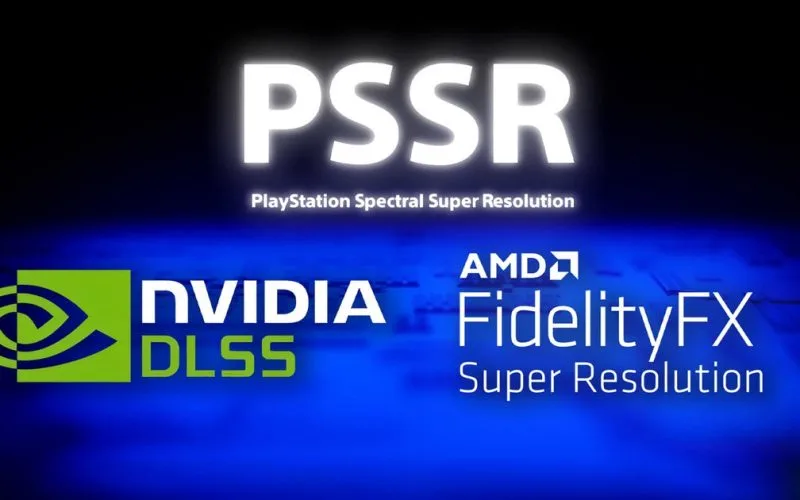Exploring PlayStation Spectral Super Resolution Technology
With the introduction of PlayStation Spectral Super Resolution (PSSR), Sony has entered the realm of machine-learning based image reconstruction, following in the footsteps of Nvidia. At Digital Foundry, we are thrilled to see this cutting-edge technology making its way to consoles. During our exclusive PS5 Pro capture session, we had the opportunity to test out the capabilities of PSSR using Ratchet and Clank: Rift Apart. Through a series of reconstruction-based shots, we aimed to challenge PSSR and see how it measures up against FSR-level technology commonly found in consoles. How does PSSR compare to the state-of-the-art Nvidia DLSS?
Caveats and Limitations
Before diving into the comparison, it’s essential to acknowledge the caveats and limitations of our testing. While we attempted to match the quality settings between PS5 Pro and PC, achieving an exact match is impossible due to inherent differences. Additionally, Rift Apart utilizes dynamic resolution scaling, making the PC implementation distinctly different from the console version. To ensure fairness, we meticulously pixel-counted each test shot on the Pro and accurately matched the resolution on DLSS using DLSSTweaks. It’s worth noting that FSR 3.1’s quality mode, which we used for comparison, typically operates at a slightly lower base resolution than the Pro. We also encountered challenges with motion blur settings on PS5 Pro, which had to be accounted for during our PC captures.
Game-Specific Analysis
It’s important to highlight that our comparison is based on a single game, and the quality of upscaling implementations can vary across different titles. While we may draw initial insights from our analysis of PSSR against FSR and DLSS, further evaluation across multiple games is necessary to form definitive conclusions. For now, our focus remains on the performance of PSSR in the context of Ratchet and Clank: Rift Apart.
For a more visual understanding of the differences, we recommend watching the comparison video provided above. The video format allows for a clearer demonstration of the nuances in upscaling technologies. Our comparison primarily focuses on FSR 3.1, a widely-used upscaler in the console space that PSSR aims to surpass. In our analysis, we paid close attention to ‘disocclusion fizzle’, a key factor in evaluating the quality of newly revealed detail in a game like Rift Apart. Notably, PSSR excels in anti-aliasing newly revealed details where FSR 3.1 falls short.
In addition to improved anti-aliasing, PSSR demonstrates better handling of particles and holographic signs compared to FSR 3.1. The temporal consistency of particles and enhanced anti-aliasing on edges showcase the strengths of PSSR in comparison to its console counterpart. While PSSR is not flawless, the overall presentation indicates a step up in upscaling quality, especially at higher base resolutions. However, further testing at lower resolutions will be crucial to fully assess the effectiveness of PSSR.
One notable observation is the softer image produced by PSSR compared to DLSS, which may cater to personal preferences. Despite some trade-offs in sharpness, PSSR maintains a consistent resolve and addresses issues with post-process sharpening seen in other upscalers. The integration of PSSR with ray tracing technology also shows promise, with potential improvements in stability and resolution output. As we continue to explore PSSR in various titles, a clearer picture of its capabilities and limitations will emerge. PS5 Pro owners can look forward to enhanced upscaling quality, particularly in challenging scenarios like internal resolution scaling in demanding games. Stay tuned for more updates as we delve further into PSSR’s performance.
